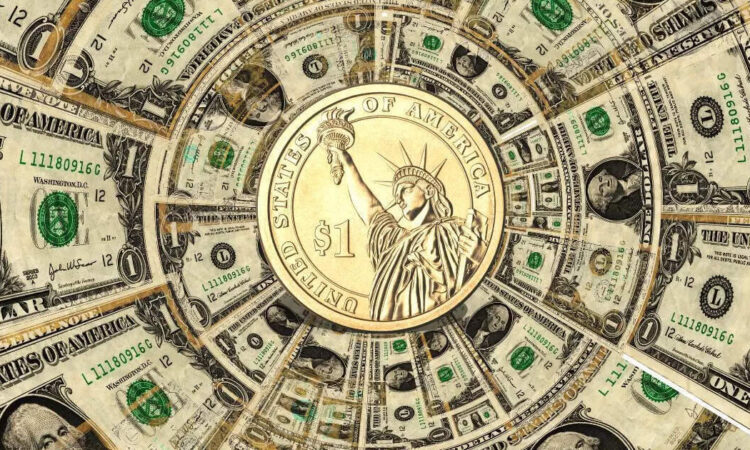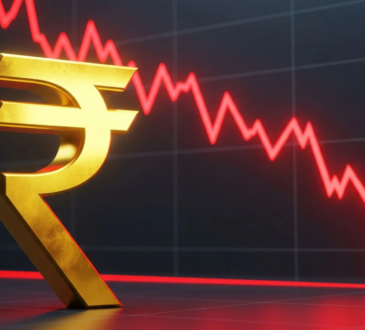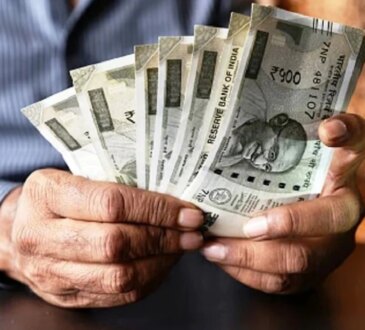USD rate: U.S. dollar-USD rate to fall or rise this week? Here’s what you may want to know

Markets are now pricing in an 84 per cent chance the Fed would ease rates by a quarter point next month, down from 98% last week, after a raft of data including a jump in U.S. wholesale prices last month and a solid increase in July’s retail sales figures dimmed the prospect of an oversized 50-basis-point cut.
“While the data don’t all point in the same direction, the U.S. economy looks to be in okay shape in the third quarter,” said Bill Adams, chief economist at Comerica Bank.
“The Fed is likely to cut interest rates by year-end, either in September, when markets now price in a cut, or a few months later, when Comerica forecasts a cut.”
The main event for investors on Monday is a meeting between Trump and Zelenskiy, who will be joined by some European leaders, as Washington presses Ukraine to accept a quick peace deal to end Europe’s deadliest war in 80 years.
Trump is leaning on Zelenskiy to strike an agreement after he met Kremlin chief Vladimir Putin in Alaska and emerged more aligned with Moscow on seeking a peace deal instead of a ceasefire first.Also key for markets this week will be the Kansas City Federal Reserve’s August 21-23 Jackson Hole symposium, where Fed Chair Jerome Powell is due to speak on the economic outlook and the central bank’s policy framework.”I think (Powell) will also talk about the current economic conditions in the U.S., and that will be more policy relevant, that will be more interesting to markets,” said Joseph Capurso, head of international and sustainable economics at Commonwealth Bank of Australia.”Given market pricing is very high for a rate cut in September, I think the risk is that Powell is hawkish, or is perceived to be hawkish, if he gives a balanced view of the U.S. economy.”
In other currencies, the dollar rose 0.11 per cent against the yen to 147.34, after falling roughly 0.4 per cent last week.
Japan’s government on Friday brushed aside rare and explicit comments from U.S. Treasury Secretary Scott Bessent who said the Bank of Japan was “behind the curve” on policy, which appeared to be aimed at pressuring the country’s central bank into raising interest rates.
The Australian dollar was up 0.1 per cent at $0.65145, while the New Zealand dollar rose 0.15 per cent to $0.5934, after falling 0.5 per cent last week.
FAQs
Q1. How has Australian Dollar performed?
A1. Australian dollar was up 0.1 per cent at $0.65145, while the New Zealand dollar rose 0.15 per cent to $0.5934, after falling 0.5 per cent last week.
Q2. Who is Ukraine President?
A2. Ukraine President is Volodymyr Zelenskiy.





